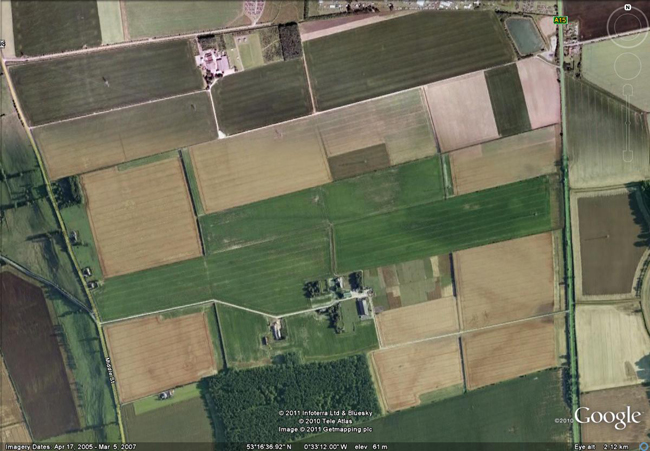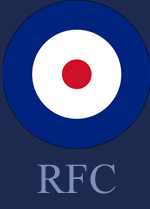South Carlton Landing Ground History

(Map edited to show runways)

53°16'41.3"N 0°33'11.8"WRunways:
Not known
The airfield at South Carlton was situated on the North side of the Hallifirs plantation and consisted of 7 large canvas and brick hangars on a grass area with 2000 yard sides. Living quarters stores and office were all wooden huts but some more permanent brick buildings can be seen on an early aerial photograph. In 1918 the station was equipped with AV 504, Camel and Dolphin aircraft. Aircrew were not only British but those under training included Americans at RAF Scampton, Canadian at Carlton and at RAF Waddington.
No.96 Squadron RFC was formed at South Carlton on 8th October 1917, as a training unit but was disbanded on 4th July 1918. It reformed at RAF Wyton on 28th September 1918 as a ground attack Squadron but did not become operational before the Armistice so its formation was abandoned.
Organized as No.43 Provisional Squadron on 13th June 1917 and re-designated No.43 Aero Squadron on 26th June 1917, this United States Squadron was posted to South Carlton from 16th March to 14th October 1918. From 14th August there were detachments at Hooten Park, Grantham, and Beaulieu. No.43 Squadron was earmarked for service as a pursuit unit, but arrived in France shortly before hostilities ceased on 11th November 1918, never becoming operational before demobilization in 1919.
No.69 (RAAF) Squadron trained here after arrival from Point Cook in Victoria, Australia and was subordinated to No.23 Wing RFC. Originally designated No.2 Squadron AFC it was redesignated on arrival at South Carlton aerodrome and again renamed on 20th January 1918 to No.3 Squadron AFC. The Squadron was trained at South Carlton on Avro 504 and BE-2e aircraft for 8 months before re-equipping to 3 flights of six RE-8. It then departed to Cambrai, France by September 1917. It undertook the unglamorous 'Corps Reconnaissance' role, mapping trench systems, artillery spotting and the close support of infantry. During the its period of active service it suffered 23 fatal casualties, lost 11 aircraft and claimed to have destroyed 16 enemy aircraft in combat.
When the airfield closed in 1920, the vicar, the Revend Wardale-Hall, a skilled carpenter, carved the pulpit in memory of those who served at South Carlton during the Great War. The fall on the lectern with the RFC badge, was recently commissioned by Lady Monson and embroidered by Pauline Bruce. You will find photographs with a detail history of the airfield behind the curtain screen by the pulpit.
| Date | Squadron | Notes |
|---|---|---|
| November 1916 | Station opened. | |
| December 1916 | No.69 Sqn RAAF | Operating Royal Aircraft Factory RE.8. Left South Carlton in September 1917. |
| September 1917 | No.96 Sqn RFC | Operating Royal Aircraft Factory BE.2. Squadron disbanded in July 1918. |
| 1920 | RAF South Carlton closed. |
